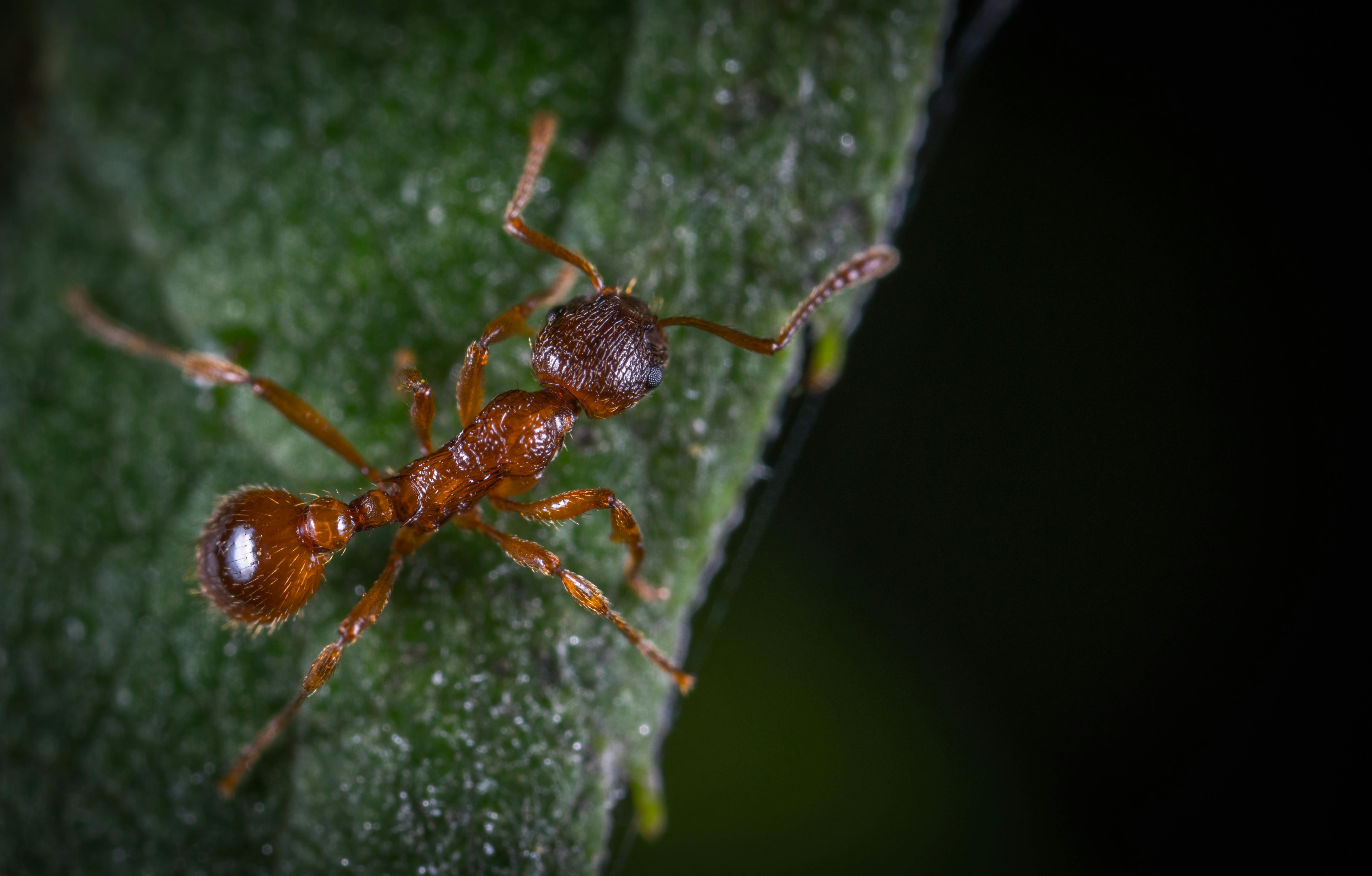
Introduction
Ant infestation is a common pest problem that homeowners face worldwide. From the tiny sugar ants to the monstrous carpenter ants, these little intruders can pose a significant problem if left unchecked. Our homes provide them with everything they need – warmth, food, and water. This article; "Essential Guide to Ant-Proof Your Home: Effective Tips and Tricks for Pest-Free Living", will guide you through practical steps to keep your home ant-free, ensuring a comfortable and pest-free environment.
Understanding the Problem: The Life of Ants
Before diving into how to prevent ant infestation, it's critical to understand these pests. Ants are highly organised social insects living in large colonies. They enter your house in search of food and water, especially during dry or hot weather. Ants usually set up their colonies in areas like gardens, lawns, and paving stones. From these nests, they set out on food search missions – this is when they enter your home. The journey to ant-proofing your home begins with understanding these habits and using this knowledge against them.
The First Step to Ant-Proofing: Inspection and Identification
Proactive examination of your home is fundamental to preventing ant infestation. Look out for signs like ant trails, nests, or wood debris – indicative of carpenter ants. Identifying the type of ant infesting your home is also crucial because different species might require different removal techniques. Common household ants include carpenter ants, sugar ants, and fire ants. Each has specific characteristics that differentiate them. For example, carpenter ants nest in wood and can cause structural damage, while fire ants are known for their painful stings and often build mound-like nests outdoors. Identifying these pests correctly helps in formulating an effective ant-proof strategy.
Prevention is Better Than Cure: Ant-Proofing Measures
After identification, the ant-proofing begins. Adopting several physical and sanitation measures can restrain ants from intruding.
Cleanliness is Key
Regular cleaning denies ants the food sources they need. Ensure all food crumbs are cleaned off surfaces, and food items are stored in sealed containers. Regularly vacuum or sweep your home, focusing on those hard-to-reach areas where crumbs often accumulate.
Seal Access Points
Inspect your home for possible entry routes. Seal any cracks or gaps in walls, windows, doors, and utility lines. Silicone-based caulk is a helpful tool for this purpose. This not only prevents ants from entering but also eliminates the trail pheromones they leave behind to guide other ants.
Keep Your Garden in Check
Trim overgrown branches and shrubs that could provide an easy route for ants to enter your house. Keep your garden debris and compost at a respectable distance from your home.
Ant Baits: When Prevention isn't Enough
In cases of heavy infestation, preventative measures might not be enough. Here, the use of ant baits can be beneficial. Ant baits influence the natural behaviour of ants. The worker ants carry the poison, disguised as food, back to their nest affecting the whole colony including the queen.
Professional Help
In severe infestation cases or when handling stinging species like fire ants, it might be necessary to hire professional pest controllers. They provide advanced solutions like direct nest treatment, perimeter treatment, or granule spreading within your property, ensuring thorough ant-removal.
Conclusion
Keeping your home ant-free is a continuous process consisting of regular inspection, preventive measures, and strategic baiting when necessary. By following the steps enlightened in this guide, you can save yourself from potential distress that an ant infestation can bring. Note that each infestation is unique, and it takes time to achieve a fully ant-proof home. In stubborn cases, don't hesitate to reach out to professionals. Following this "Essential Guide to Ant-Proof Your Home," you are assured of a comfortable and pest-free living space.